News
Behind a grand communication project lie numerous unassuming cables, tirelessly carrying vast amounts of data. Have you ever wondered how coils of high-quality communication cables transform from raw materials into the "neural network" of modern society? Today, we will delve into a modern cable factory that complies with Chinese standards (GB) and industry norms—Henan Yellow River Cable Co., Ltd., to reveal the birth journey of communication cables from drawing to testing.
Part One: Delicate Craftsmanship—Core Production Processes
The production of communication cables is a precise and coherent process where each step directly influences the performance of the final product.
Process One: Drawing
Process: This marks the starting point. High-purity electrolytic copper or aluminum rods (typically 8mm) are forcefully pulled through a series of dies made of diamond or hard alloys. With each die passage, the diameter decreases.
Purpose: The aim is to transform the bulky metal rods into compliant, fine copper or aluminum wires (e.g., 0.50mm, 0.40mm).
Key Quality Control: In-process annealing (softening treatment) is conducted to eliminate internal metal stresses, ensuring that the ductility and resistivity of the wires meet the standards of GB/T 3953 or GB/T 3956.
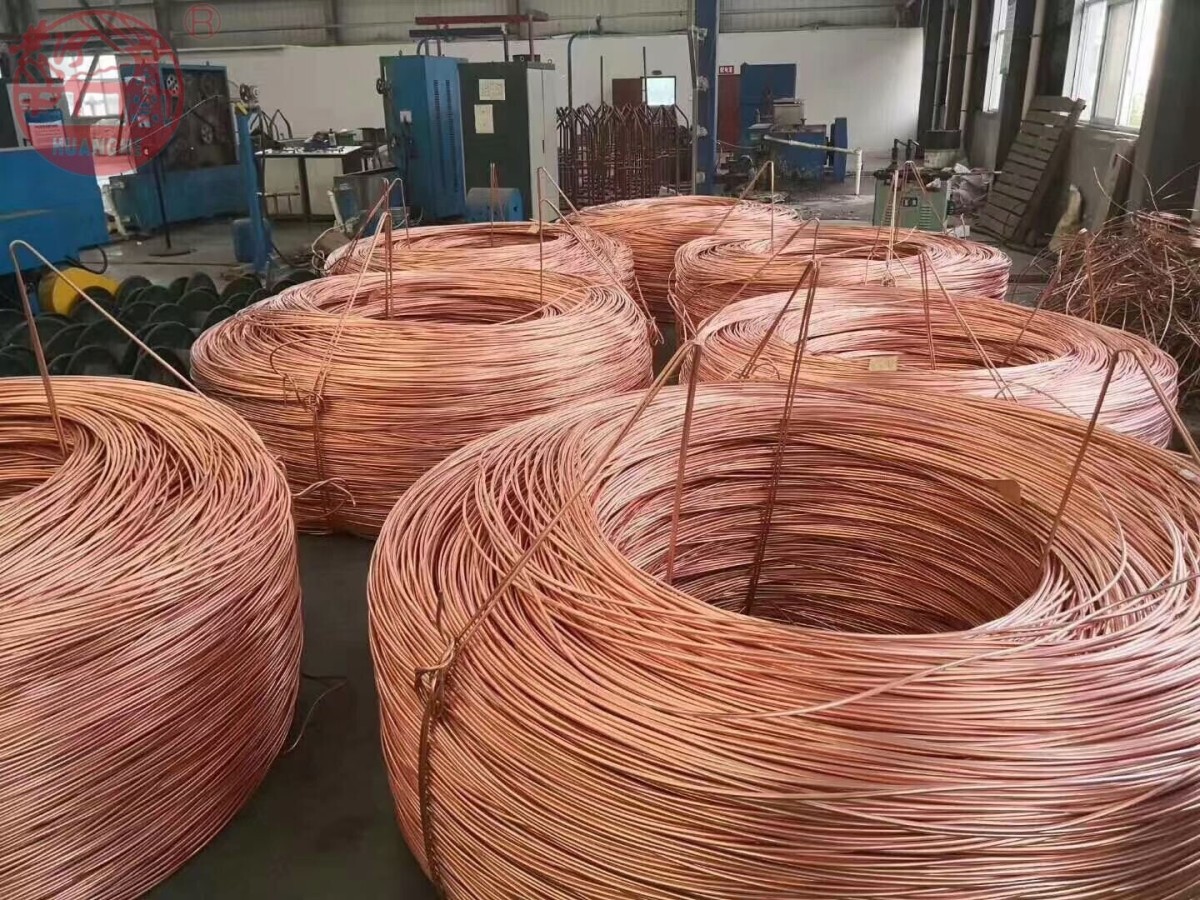
Process Two: Insulation Extrusion
Process: After the conductor undergoes drawing, it is swiftly passed through the extrusion head of the extruder. Here, the molten insulation material (such as polyethylene PE, polyvinyl chloride PVC, or polyolefin) is uniformly and continuously wrapped around the conductor.
Purpose: To form the insulation layer of the conductor, ensuring that signals are transmitted without interference and preventing electrical leakage.
Key Quality Control: It is crucial to rigorously control the temperature, pressure, and speed of the extrusion to ensure uniform thickness, high concentricity, absence of air bubbles, and impurities in the insulation layer. This forms the cornerstone for maintaining stable electrical performance of the cable.
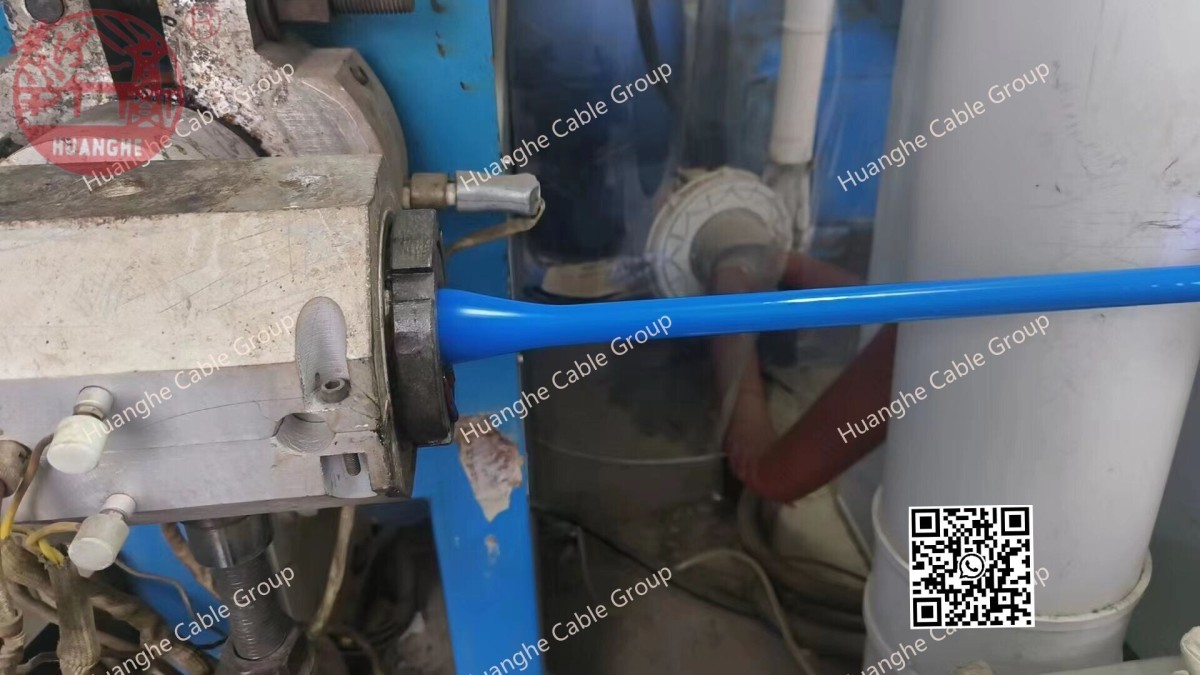
Process Three: Cabling/Stranding
Process: Multiple already insulated single wires are twisted together according to the required pitch and arrangement (such as pairing, star twisting) to form a cable core. Twisted pair cables (Ethernet cables) are a typical example where twisting is done to counteract electromagnetic interference.
Purpose: To consolidate dispersed insulated wire cores into a unified whole and enhance their resistance to interference.
Key Quality Control: It is crucial to strictly control the pitch and stranding tension. A pitch that is too large can affect the anti-interference effect, while one that is too small may increase costs and potentially damage the insulation.
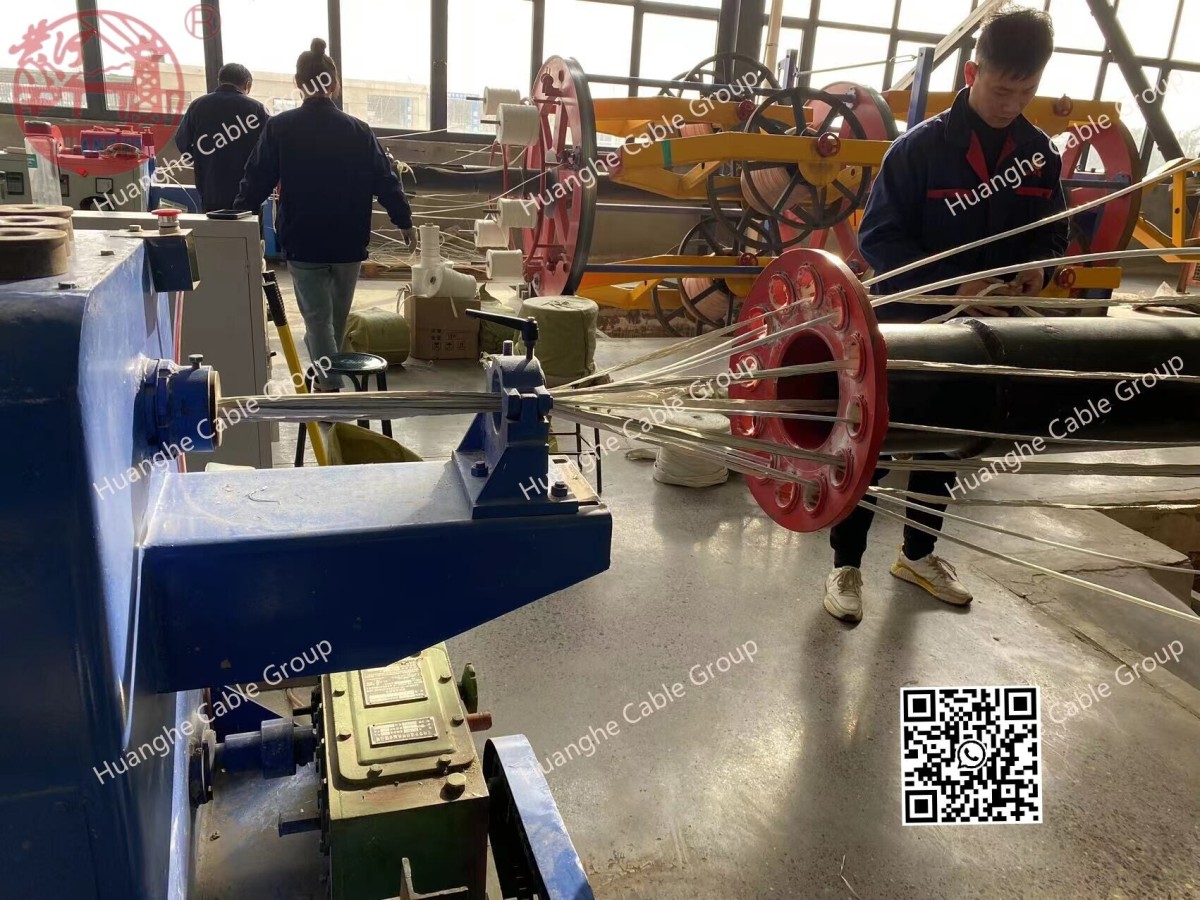
Process Four: Shielding
Process: For cables requiring higher anti-interference performance (such as FTP cables, control cables), a shielding layer is wrapped around the cable core after stranding. Methods include braided shielding, foil wrapping, or a combination of both (SFTP).
Purpose: To create a closed electromagnetic isolation layer that effectively blocks the intrusion of external high-frequency interference signals.
Key Quality Control: Check the shielding coverage. Braided shielding typically requires a coverage rate of ≥85%, while foil wrapping requires an overlap rate of ≥25%, and continuity must be ensured.
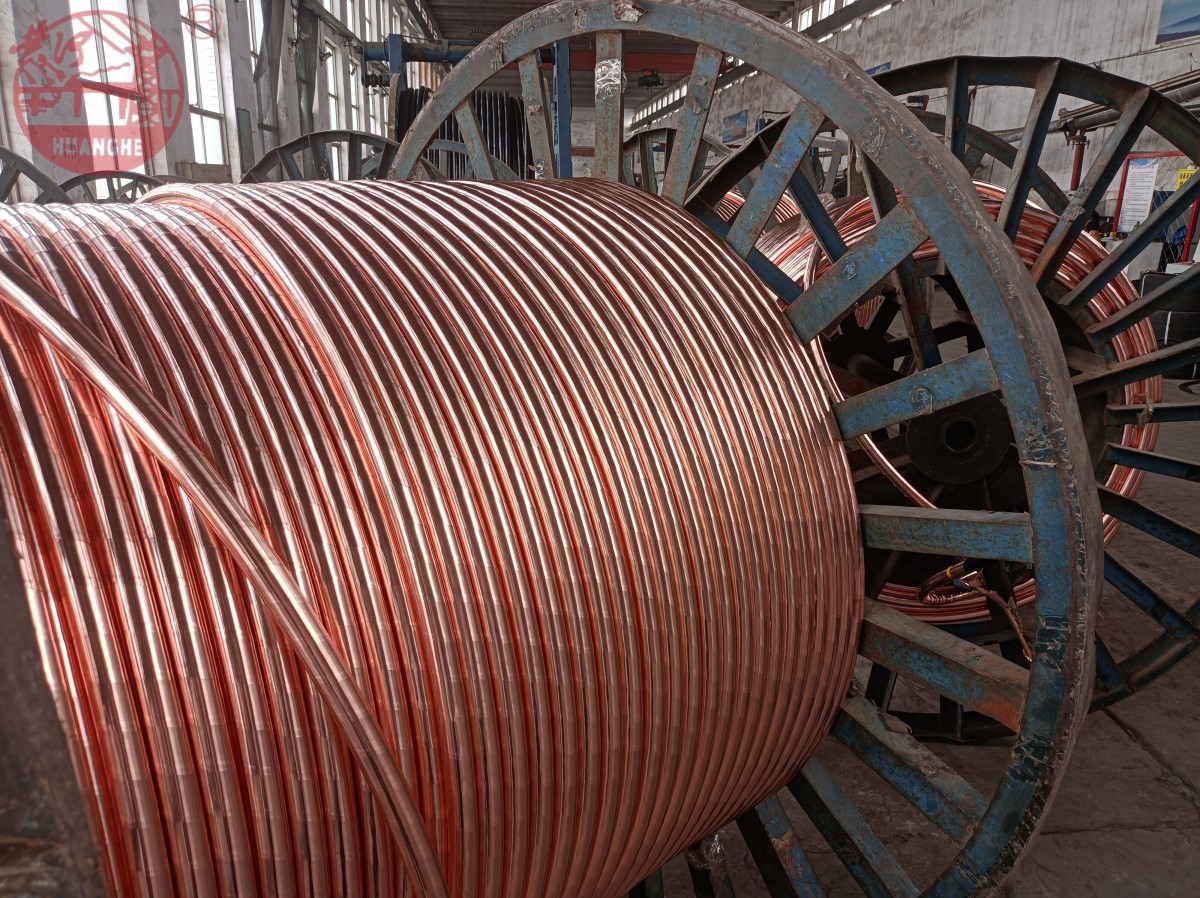
Process Five: Sheathing Extrusion
Process: Similar to insulation extrusion, sheathing extrusion involves extruding a layer of sheathing material (typically PVC or LSZH low smoke zero halogen material) over the final formed cable core.
Purpose: To protect the internal structure from moisture, chemical corrosion, UV rays, and other external environmental factors, while providing additional mechanical protection.
Key Quality Control: The thickness, abrasion resistance, flame retardance (compliance with GB/T 18380, GB 31247 flame retardant grades), and external appearance cleanliness of the sheath are key inspection points. For LSZH materials, the absence of halogens also needs to be verified.
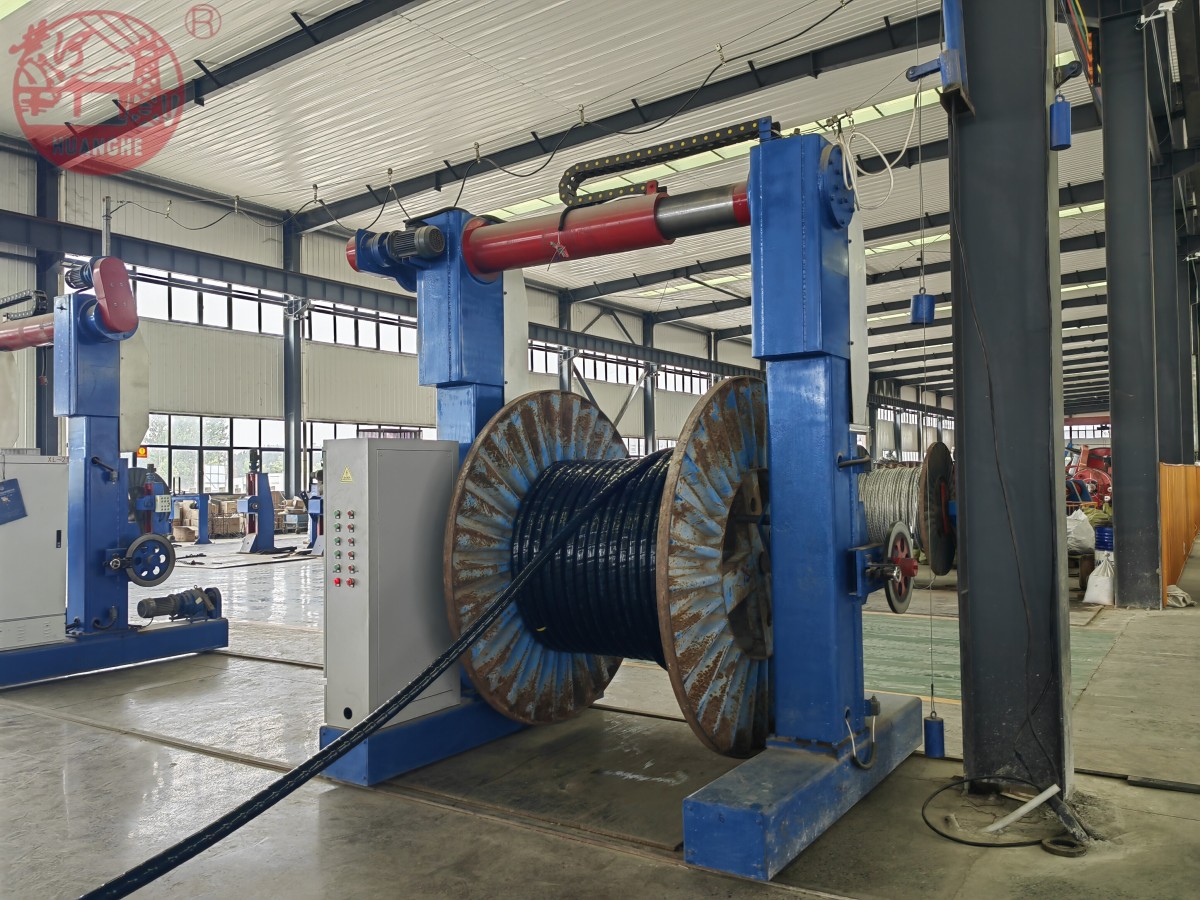
Part Two: Eagle Eyes — Consistent Quality Inspection Throughout
Quality is not detected; it is produced. However, stringent quality inspection serves as the final checkpoint to ensure perfection.
1.Incoming Material Inspection: Inspection of each batch of copper rods, plastic pellets, and other raw materials to verify key parameters such as composition, purity, melt index, ensuring they meet the standards. This is the foundation of quality control.
2.Online Inspection:
Conductor: Real-time monitoring of conductor diameter using an online diameter gauge to ensure tolerances are within microns.
Insulation/Sheath: Equipped with an online X-Ray thickness gauge, providing 360° coverage to monitor extrusion thickness without any blind spots.
Spark Testing: Insulated cores undergo high-voltage spark testing, where any tiny pinholes or defects are detected, recorded, achieving 100% inspection.
3.Laboratory Performance Testing: Each batch of products undergoes sampling for a "check-up" in a laboratory complying with national standards:
Electrical Performance: Testing of DC resistance of conductors (compliant with GB/T 3956), insulation resistance, withstand voltage tests.
Mechanical Performance: Testing of tensile strength and elongation at break of insulation and sheath materials.
Transmission Performance (for communication cables): Utilization of network analyzers to test attenuation, near-end crosstalk (NEXT), return loss, ensuring compliance with standards like Cat5e/6/7.
Fire Performance: Conducting bundle burning tests in combustion chambers (GB/T 18380), smoke density tests (GB/T 17651), and halogen gas content tests (GB/T 17650) to ensure safety.
4. Final Inspection and Packaging:
Before the products are taken offline, the length, appearance imprints (model, meter marking, manufacturer, certifications, etc.) are checked for clarity and accuracy, followed by a final withstand voltage test. Once confirmed to be compliant, the products are packaged using sturdy wooden reels or spools to prevent damage during transportation.
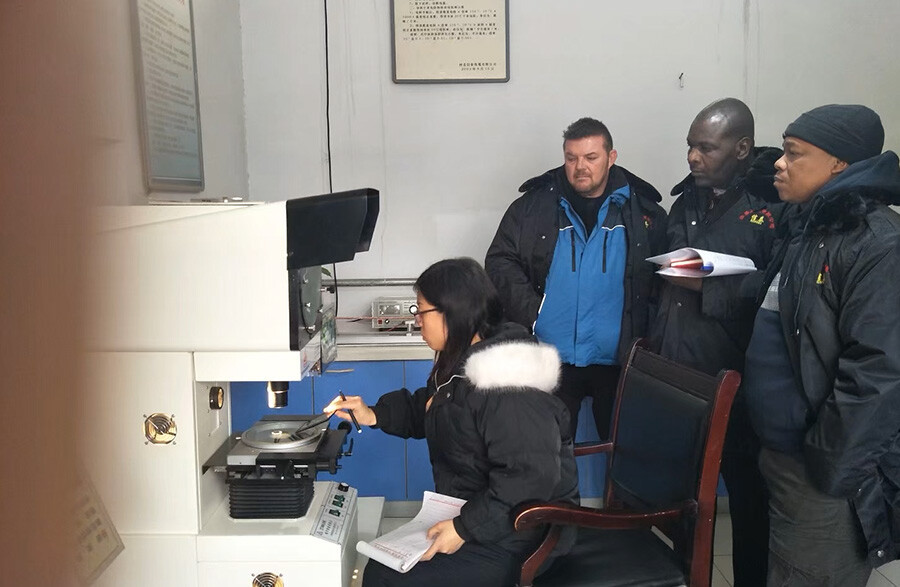
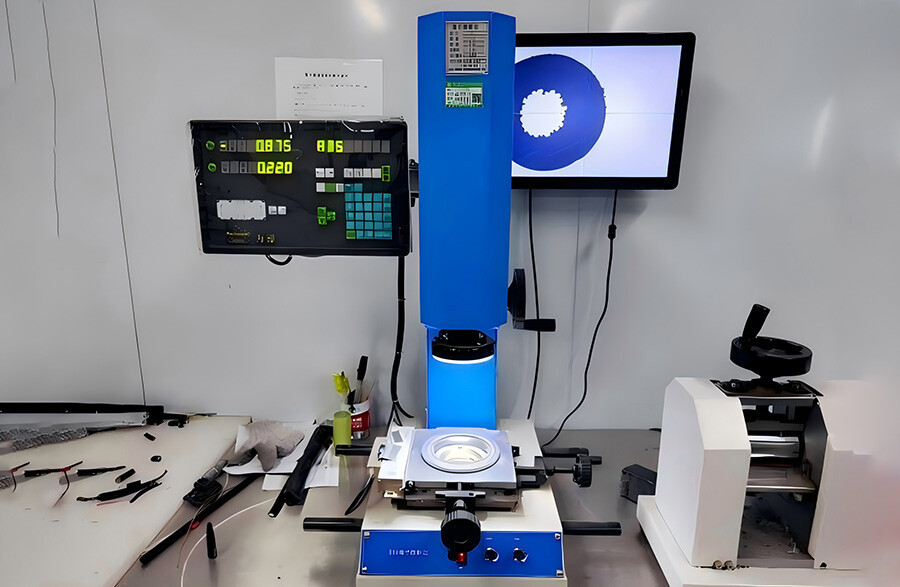
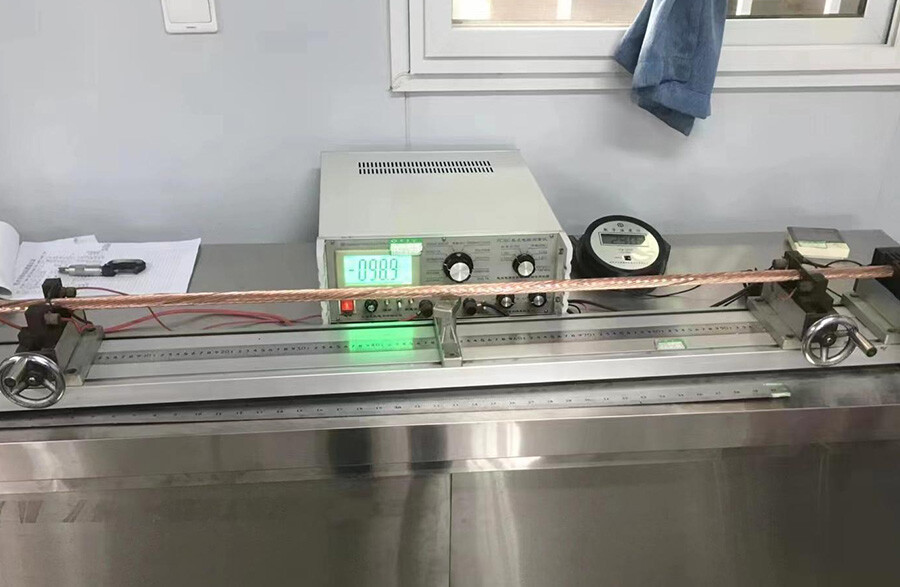
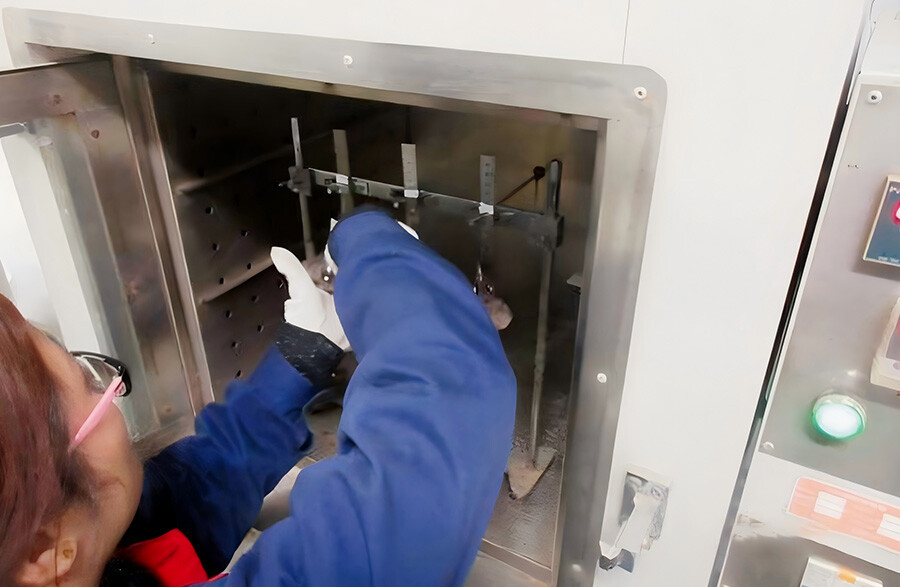
Epilogue: Every Meter of Cable Embodies a Commitment to Technology and Responsibility
From a reel of copper rods to a spool of precision communication cable, behind it lies sophisticated equipment, mature processes, and meticulous pursuit of quality. The precision in each step, the rigor in every test, all aim to ensure that the cable, upon reaching the construction site, being buried underground, or passing through walls into buildings, can steadfastly transmit every byte for decades, connecting the entire world seamlessly.
Choosing a supplier who unveils and adheres to all these processes is like selecting the most reliable cornerstone for your communication project.
If you have any needs, please contact us.

